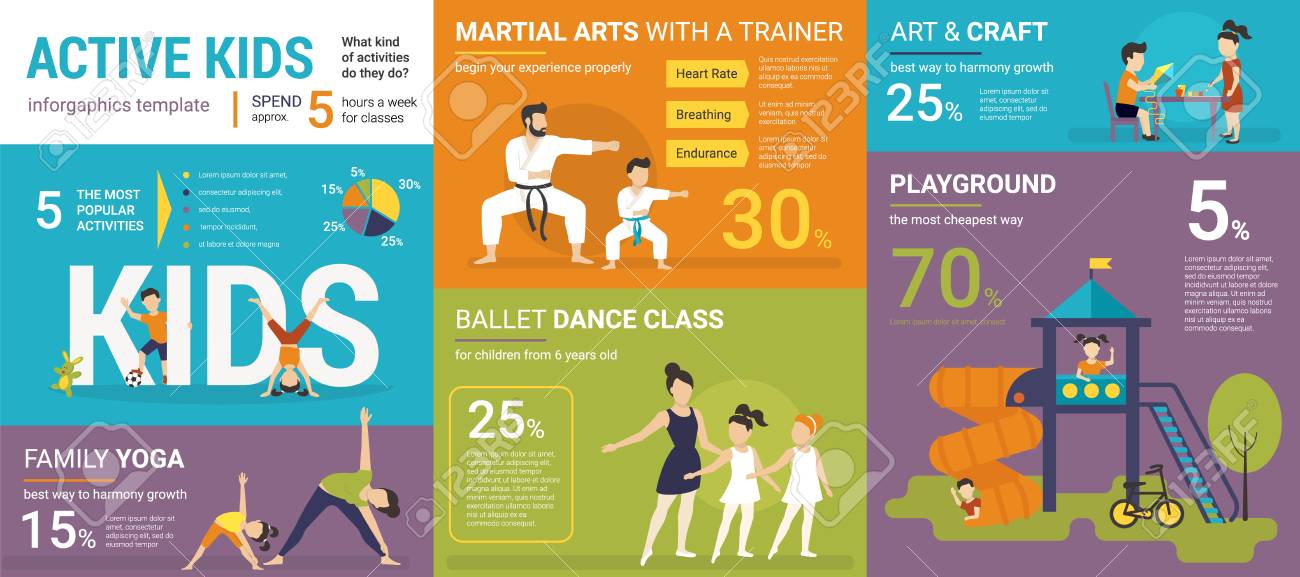The Worldwide History And Improvement Of Martial Arts
The Worldwide History And Improvement Of Martial Arts
Blog Article
Post Author-Padilla Odonnell
Martial arts have a remarkable history that spans centuries and continents. You may find it appealing exactly how ancient practices like Shuai Jiao and Kalaripayattu laid the groundwork for modern-day battle methods. These disciplines not just stress physical abilities yet also reflect the societies that birthed them. As adriano emperado kajukenbo discover their development, take into consideration exactly how globalization has actually transformed these traditional forms into crossbreed styles. What impacts do you believe have shaped today's martial arts landscape?
Ancient Martial arts: The Structures of Battle
As you look into the world of old martial arts, you'll find the abundant structures that formed battle techniques throughout societies. Very early techniques concentrated on Self-Defense and survival, commonly incorporating strikes, grappling, and weaponry.
In ancient China, as an example, strategies like Shuai Jiao highlighted tosses and joint locks, while India's Kalaripayattu showcased dexterity and liquid movement. Japanese samurai established Kenjutsu, a refined swordsmanship that highlighted self-control and technique.
These martial arts served not just for battle yet likewise as a means of personal advancement, instilling values like respect and determination. The blending of these strategies with time prepared for the diverse martial arts you see today, each mirroring the one-of-a-kind approaches and requirements of its culture.
The Cultural Impact on Martial Arts Advancement
While martial arts usually show the sensible requirements of a culture, they additionally personify the cultural values and beliefs of their origins. When you check out different martial arts, you'll discover how they're influenced by faith, ideology, and social norms.
As an example, the focus on regard and self-control in Japanese martial arts stems from Zen Buddhism and samurai society. On the other hand, Brazilian Jiu-Jitsu advertises flexibility and technique, formed by the requirement for efficiency in a varied, modern setting.
find more information could find that the rituals, attires, and training approaches reflect an area's background and identity. By understanding these social impacts, you deepen your gratitude of martial arts and their function in shaping human experiences across the globe.
Modern Adaptations and the Globalization of Martial arts
Martial arts have actually changed substantially in recent years, adjusting to modern society and international influences. You'll notice that traditional forms have combined with modern strategies, producing hybrid styles like mixed martial arts. dynamic martial arts satisfy diverse target markets, making martial arts accessible and appealing worldwide.
With the surge of social networks and electronic systems, you can locate tutorials and competitions from all corners of the globe, breaking geographical barriers. This globalization has actually caused a common admiration for numerous self-controls, from Brazilian Jiu-Jitsu to Taekwondo.
As you engage with these arts, you'll understand they're not just about battle; they advertise health and fitness, self-control, and psychological wellness.
Ultimately, modern-day adjustments have enriched the martial arts landscape, making it a dynamic and advancing technique.
Verdict
In checking out the history and advancement of martial arts, you discover a remarkable blend of methods, societies, and approaches. From old disciplines like Shuai Jiao and Kalaripayattu to the modern-day flexibility seen in mixed martial arts, martial arts show humankind's pursuit for Self-Defense and individual development. As you involve with these techniques, you not just get skills but likewise a deeper recognition for the varied practices that shape our world today. So, proceed your journey and embrace the art of battle!
